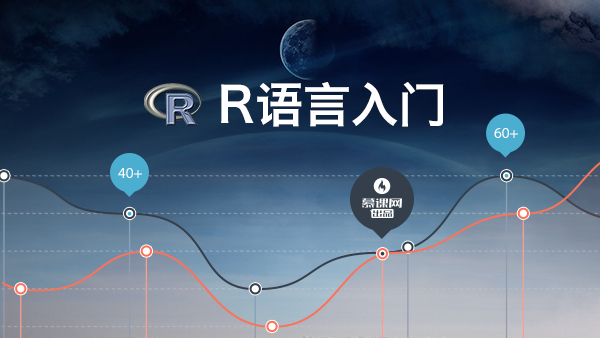Data transformation is one of the critical steps in Data Mining. Among many data transformation methods, normalization is a most frequently used technique. For example, we can use Z-score normalization to reduce possible noise in sound frequency.
We will introduce three common normalization method, Max-Min Normalization, Z-Score Normalization, Scale multiplication.
Max-Min Normalization x_normal= (x- min(x))/ (max(x)- min(x))
*it will scale all the data between 0 and 1. *
Example: Chinese high schools use 150 point scale, USA high schools use 100 point scale and Russian high schools use 5 point scale.

norm1
Z-Score Normalization X_z-normal= (X- mean)/ sd
It will transform the data in units relative to the standard deviation. Example: It is useful when comparing data sets with different units (cm and inch).

norm2
Scale multiplication
Z_z-normal =X*10 or Z_z-normal =X/10
It will transform the data in scales of muliple of 10.
Example: Some money transactions are too large, we will divide 1000 to make it viewer friendly.

norm3
Happy Studying !
Source Code
import randomimport matplotlib.pyplot as pltimport numpy as npfrom matplotlib import colorsfrom matplotlib.ticker import PercentFormatterfrom matplotlib import pylab
y=random.sample(range(0,150),50)
x=list(map(int,y))
x1=np.array(x)
xmin=min(x)
xmax=max(x)#Max-Min normalizationmmnorm=(x1 - xmin)/(xmax-xmin)#plotfig,axs=plt.subplots(1,2,sharey=True)#Original random numberaxs[0].hist(x, bins=10)
axs[0].title.set_text("Random Data")#Max-Min normalizaed histogram Plotaxs[1].hist(mmnorm, bins=10,color="lightblue")
plt.title("Max-Min Normalized Data")
plt.show()#Z-score Normalizationy2=random.sample(range(0,150),50)
x2=list(map(int,y3))
x21=np.array(x2)
mean=np.mean(x21)
sd=np.std(x21)#scale normalizationznorm=(x21-mean)/sd#plotfig,axs=plt.subplots(1,2,sharey=True)#Original random numberaxs[0].hist(x2, bins=10, color="green")
axs[0].title.set_text("Random Data")#scale normalizaed histogram Plotaxs[1].hist(znorm, bins=10,color="lightgreen")
plt.title("Z-score Normalized Data")
plt.show()#scaley3=random.sample(range(1000,10000),50)
x3=list(map(int,y3))
x31=np.array(x3)#scale normalizationsnorm=x31/1000#plotfig,axs=plt.subplots(1,2,sharey=True)#Original random numberaxs[0].hist(x3, bins=10, color="orange")
axs[0].title.set_text("Random Data")#scale normalizaed histogram Plotaxs[1].hist(snorm, bins=10,color="yellow")
plt.title("Scale Normalized Data")
plt.show()
作者:乌然娅措
链接:https://www.jianshu.com/p/5b0f1638c460

 随时随地看视频
随时随地看视频




